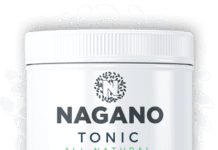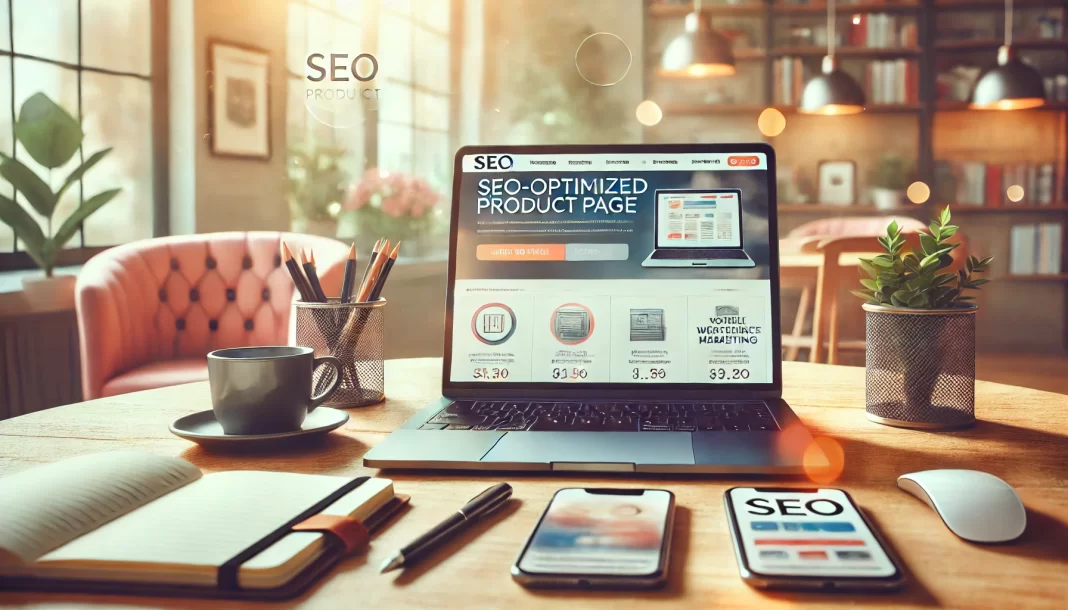In the competitive world of eCommerce, simply listing your products online isn’t enough. To generate organic traffic and increase sales, your product pages need to be SEO-optimized so they rank on Google and other search engines. Without proper optimization, your products may remain invisible to potential buyers, leaving you dependent on paid ads.
The good news? SEO-friendly product pages can drive free, long-term traffic to your store, improving your visibility, credibility, and revenue.
In this comprehensive guide, you’ll learn:
- Why SEO matters for product pages
- How to structure high-ranking product pages
- The role of keyword research and on-page SEO
- How to write compelling product descriptions
- The best AI-powered tool to optimize your content instantly
- Advanced SEO tips and an extensive FAQ section
If you’re looking for faster, more effective ways to rank your product pages, you’ll also discover how Writesonic, an advanced AI copywriting tool, can help you write SEO-friendly product pages in minutes.
Why SEO Matters for Product Pages
Many eCommerce businesses struggle with organic traffic because their product pages are:
- Not optimized for search engines
- Missing relevant keywords
- Lacking engaging, persuasive content
- Duplicate or too short, failing to provide value
By optimizing product pages, you can:
- Increase organic traffic without spending on ads
- Attract more potential buyers actively searching for your products
- Improve conversion rates with persuasive copy
- Gain a competitive edge over similar products in search results
How to Structure SEO-Friendly Product Pages
For your product pages to rank well on Google, they should include the following elements:
1. SEO-Optimized Product Title
The product title should be clear, descriptive, and keyword-rich.
Example:
- Bad: “Stylish Sneakers”
- Good: “Men’s Lightweight Running Sneakers – Breathable & Comfortable”
2. Compelling Meta Description
The meta description influences click-through rates (CTR) by providing a brief, persuasive preview of your product.
Example:
- Bad: “Great running shoes available in multiple sizes.”
- Good: “Upgrade your run with lightweight, breathable sneakers designed for all-day comfort. Available in various colors!”
3. Keyword-Rich Product Description
Your product description should:
- Use primary & secondary keywords naturally
- Highlight unique selling points (USPs)
- Address customer pain points
- Maintain an engaging, easy-to-read format
4. Optimized URL Slug
Your product page URL should be short, readable, and include the main keyword.
Example:
- Bad: mysite.com/products/1234
- Good: mysite.com/mens-running-sneakers-lightweight
5. High-Quality Images & Alt Text
Google cannot “see” images, so you need alt text with relevant keywords to describe them for SEO.
Example:
- Alt Text: “Men’s breathable running sneakers with cushioned soles in black.”
6. Customer Reviews & Social Proof
Including customer reviews improves credibility, trust, and engagement, which also boosts SEO rankings.
7. Internal & External Links
Linking to related products and relevant blog posts helps customers navigate and improves SEO.
The Power of Keyword Research for Product Pages
Effective keyword research is the foundation of SEO-friendly product pages. Here’s how to do it:
1. Use AI Tools Like Writesonic for Instant SEO Suggestions
Writesonic generates optimized product titles, descriptions, and SEO-friendly content based on trending keywords.
2. Focus on Long-Tail Keywords
Short keywords like “running shoes” are highly competitive, while long-tail keywords like “best breathable running shoes for summer” are easier to rank for and attract targeted buyers.
3. Analyze Competitor Keywords
Use tools like Google Keyword Planner and Ahrefs to identify what top-ranking competitors are using.
Writing High-Converting Product Descriptions (With AI Assistance)
Product descriptions should not only be SEO-friendly but also engaging and persuasive. Here’s a step-by-step guide to writing one that converts:
Step 1: Start with a Hook
Example: “Tired of uncomfortable sneakers? Experience all-day comfort with our ultra-light, breathable running shoes.”
Step 2: Highlight Key Features & Benefits
Instead of just listing features, explain why they matter.
- Feature: “Memory foam insoles”
- Benefit: “Enjoy superior cushioning that adapts to your foot shape for maximum comfort.”
Step 3: Optimize for Readability & SEO
- Use bullet points for easy scanning.
- Avoid jargon and focus on user-friendly language.
- Integrate keywords naturally.
Example of an AI-Generated SEO-Friendly Product Description (Using Writesonic):
“Upgrade your runs with our ultra-lightweight men’s running sneakers! Designed for comfort, these breathable shoes feature memory foam insoles and shock-absorbing soles. Whether you’re training for a marathon or just hitting the gym, these sneakers keep your feet cool and supported. Available in multiple sizes and colors. Order now for free shipping!”
Want to automate your product descriptions? Try Writesonic for free today!
Advanced SEO Tips to Rank Higher
- Use Schema Markup for better search visibility.
- Reduce page load time (Google prioritizes fast-loading pages).
- Encourage customer reviews to boost rankings.
- Optimize for mobile (Google uses mobile-first indexing).
- Keep product pages updated with fresh content.
FAQ Section
1. How long should a product description be?
Ideally, 150-300 words, balancing detail and readability.
2. How do I find the right keywords for my product pages?
Use tools like Google Keyword Planner, Ahrefs, and Writesonic’s SEO assistant.
3. How often should I update my product pages?
Review and refresh them every 3-6 months to keep them relevant.
4. Can AI-generated content rank on Google?
Yes! As long as the content is high-quality, original, and informative, AI-generated descriptions can rank well.
5. Should I add FAQs to my product pages?
Yes! FAQs boost SEO and user experience by answering common customer questions.
Conclusion: Optimize Your Product Pages for SEO Success
Ranking on Google requires a strategic, well-optimized approach. By applying SEO best practices and leveraging AI-powered tools like Writesonic, you can automate and enhance your content, ensuring your products reach the right audience.
Want to create SEO-friendly product pages in minutes? Try Writesonic today and watch your rankings soar!






